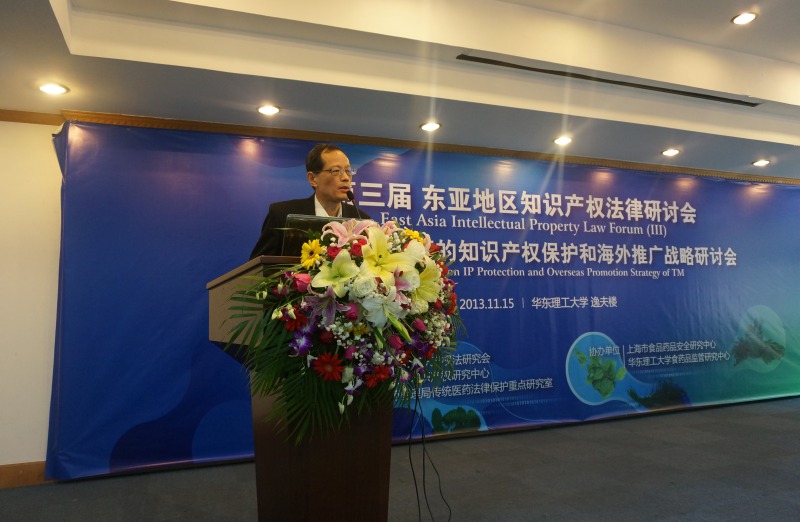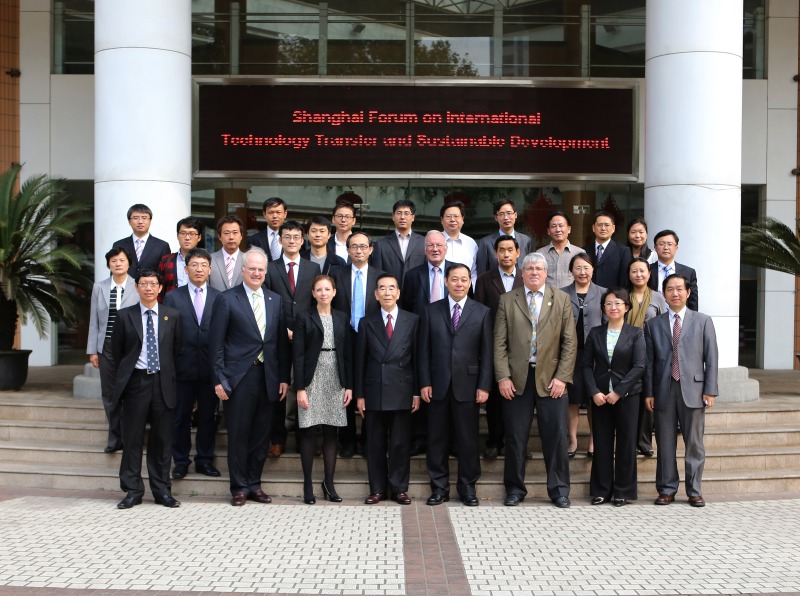Institute of Genetics and Developmental Biology Has Made Progress in The Mechanism of Non-Central Microtubule Formation
Microtubule(MT) is an important part of the cytoskeleton and plays an important role inmany cellular processes, including cell division, cell migration and polarity establishment. There are two kinds of MTs, centrosomal and noncentrosomal, existing in animal cells. Although there are a variety of theories about the mechanism of non-central microtubule formation, the detailed process and molecular mechanism remains largely unknown.
MENG Wenxiang’s research group, Institute of Genetics and Developmental Biology, Chinese Academy of Sciences, has provided deep insights into the release mechanism generating noncentrosomal MTs in epithelial cells. They used cellbiology and live cell imaging techniques to study the dynamic of Nezha/CAMSAP3 and katanin p60, and their influence on the release of MTs. In the study, they have found that Nezha, also called CAMSAP3(calmodulin-regulated spectrin-associated protein3), a noncentrosomal MT minus-end protein, accumulated in the peicentrosomal area and accompanied the release of MTs from the centrosome; whereas depletion of CAMSAP3 prevented MT release and instead caused focusing of MTs at centrosomes. Additionally, dynein activity was responsible for the accumulation of CAMSAPs in the pericentrosomal area. Their results also showed that CAMSAPs and katanin cooperate to help noncentrosomal MTs release from the centrosome in epithelial cells. The study has proved that releasing from the centrosome is a significant source of noncentrosomal MTs. Further studies have demonstrated that MT array also depends on this releasing mechanism in the epithelial cells.
The research has been published online on the Journal of Cell Biology, titled “CAMSAP3 Accumulates in the Pericentrosomal Area and Accompanies Microtubules Release from the Centrosome via Katanin” on May 15th, 2017. Doctor DONG Congcong, in MENG Wenxiang’s research group, is the leader author of this paper. Prof.Masatoshi Takeichi of Japan Institute of Physics and Chemistry has provided important help in the data analysis. The study was funded by the National Natural Science Foundation of China, Project 973 in the Ministry of Science and Technology, and the “Hundred Talents Program” and the key deployment projects of the Chinese Academy of Sciences.
next:Wuhan Botanical Garden Has Made Progress on Patterns of Genetic Diversity and Selection in Apple


